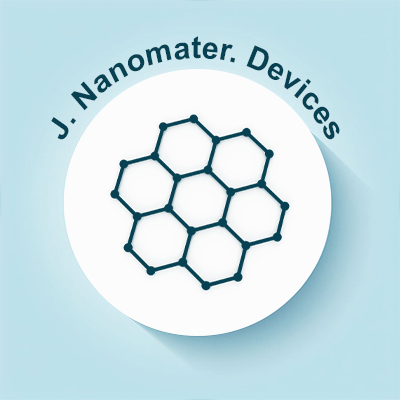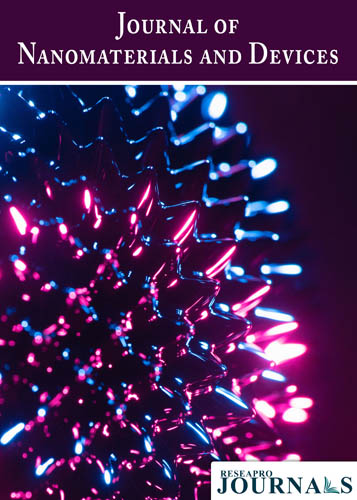
Journal of Nanomaterials and Devices
OPEN ACCESS

OPEN ACCESS

Academy of Scientific and Industrial Research, CSIR - Institute of Minerals and Materials Technology, Bhubaneswar, Odisha
Gold nanoparticles (AuNPs) have attracted considerable interest due to their unique physicochemical properties and potential applications in diverse fields such as optoelectronics and biomedicine. The conventional Turkevich method, while simple, has limitations in terms of nanoparticle size and shape control, scalability, and energy efficiency. Alternative synthesis methods include plant-mediated, microorganism-mediated, microwave-assisted, photochemical, and electrochemical approaches. Each of these methods has its own advantages, including eco-friendliness, scalability, speed, and precision. However, each method also presents its own challenges and requires process optimization to fully replace existing methods. This article reviews these synthesis methods for AuNPs with a focus on recent sustainable approaches. The potential for sustainable synthesis of AuNPs to serve various industries and applications lies in the collaborative efforts of researchers across different disciplines.
Academy of Scientific and Industrial Research, CSIR - Institute of Minerals and Materials Technology, Bhubaneswar, Odisha